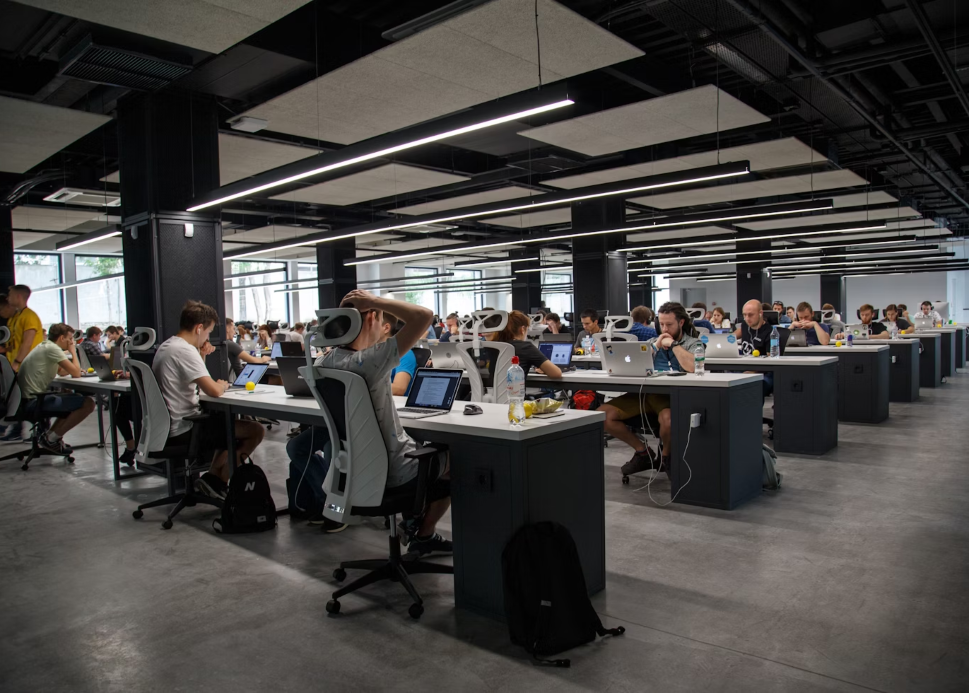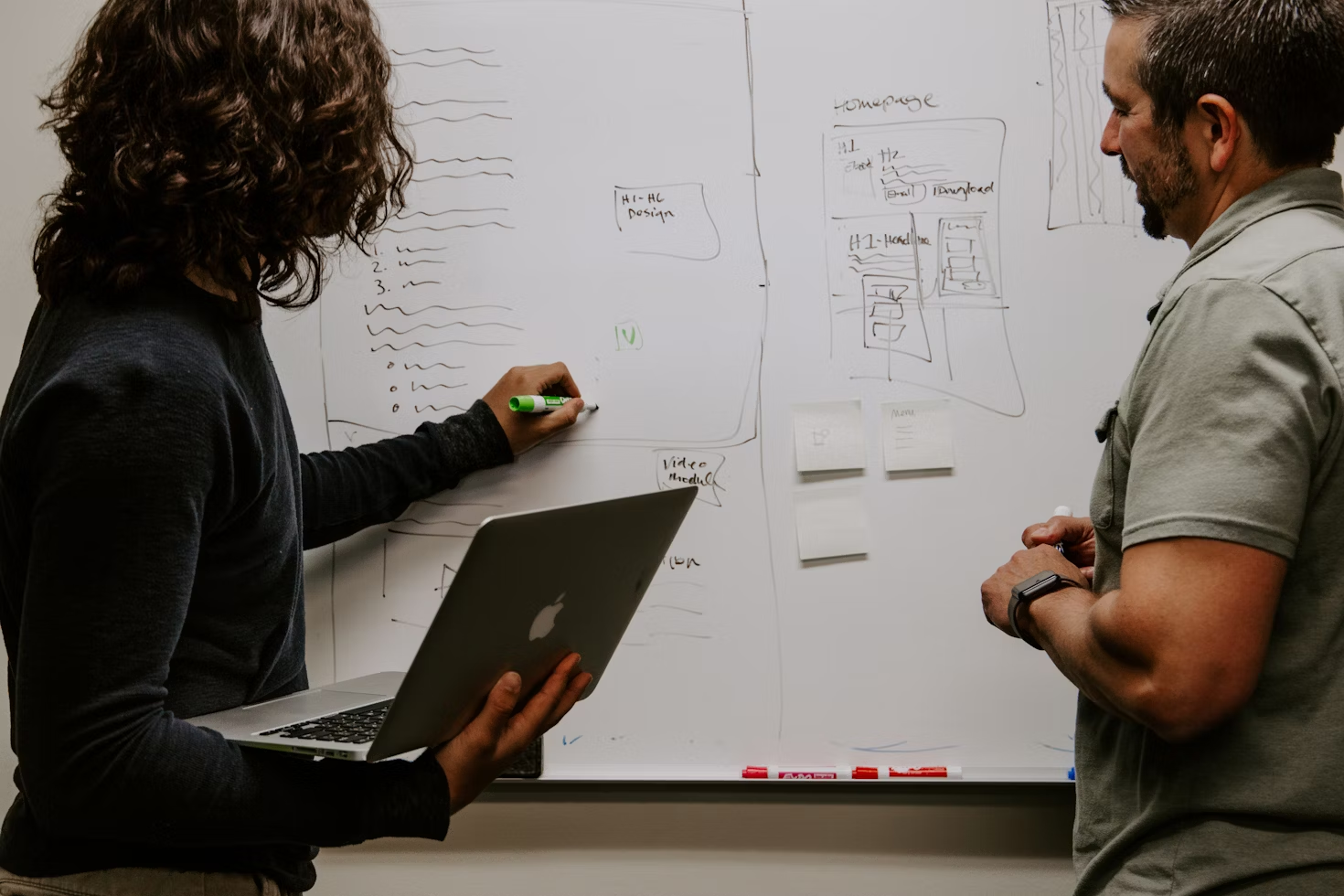How Smart Businesses Are Streamlining Global Operations in 2025

In the fast-paced world of 2025, businesses are grappling with an intricate web of global operations. Cross-border logistics, digital workforce coordination, and infrastructural dependencies have taken on new levels of complexity. Yet, the smartest companies are not just surviving—they’re thriving. How, you ask? Through a potent combination of agile tools, strategic outsourcing, and tech-driven operational reforms.
Consider the routine tasks that once bogged down your team: data entry, document processing, and other mundane tasks. Today, these are increasingly handled by AI agents, freeing up human resources to focus on core functions. Imagine a world where extracting data and handling customer interaction are seamlessly managed by intelligent systems. This shift not only boosts operational efficiency but also fuels rapid growth through effective data collection.
Gone are the days when businesses could rely solely on manual processes. The modern business model demands a more sophisticated approach. AI and automation tools are now integral to streamlining operations. These technological advancements in business automation are not just about cutting costs; they are about boosting productivity and increasing the overall efficiency of business processes.
As we delve deeper into this blog post, you’ll discover:
- How businesses are rethinking logistics and infrastructure
- Specializing their workforce through strategic outsourcing
- Leveraging smart procurement strategies
- Ensuring seamless connectivity for distributed teams
Rethinking Logistics and Infrastructure
Modern businesses no longer treat logistics as just a backend function—it’s now a core pillar of customer satisfaction and competitive advantage. Companies are leaning into global logistics partners like DHL to provide real-time delivery transparency, customs expertise, and resilient supply chain routing. This shift is not just about getting products from point A to point B; it’s about creating a seamless customer experience that can drive revenue growth and build brand loyalty.
Supply chain optimization has become a strategic vision for business leaders. Thorough operational audit and strategic initiatives can streamline processes and boost productivity. For example, a logistics company that partners with DHL can benefit from their expertise in customs and real-time delivery updates, ensuring that supply chains remain resilient and adaptive to future challenges.
But logistics is not just about movement; it’s also about protection. Businesses managing mobile service operations or inventory storage across different climates are investing in high-durability caravan carport systems to protect mobile assets and enhance flexibility. This modular and protective infrastructure ensures that valuable resources are safeguarded against environmental factors, contributing to sustainable growth.
Streamlining operations involves more than just optimizing supply chains; it’s about rethinking the entire operating model. Operations leaders are now focusing on complex projects that require a blend of strategic vision and tactical execution. Leveraging modular infrastructure and global partnerships enables businesses to streamline tasks and navigate future challenges more effectively.
Workforce Specialization and Outsourcing
Outsourcing specialized tasks helps streamline operations without overloading internal teams. In high-risk environments, outsourcing services like underwater welding is not just practical but essential—ensuring safety, regulatory compliance, and access to niche expertise. This model of targeted outsourcing allows businesses to remain lean while still executing complex operations globally.
Automation tools are another critical component of streamlining processes. Automating repetitive tasks boosts productivity and allows employees to focus on more strategic activities. AI automation and predictive analytics are particularly effective in handling routine tasks, freeing up human resources for more complex and value-added activities. This not only increases productivity but also enhances employee satisfaction. Additionally, businesses can automate tasks to further improve efficiency.
Implementing automation solutions and leveraging machine learning can provide a competitive edge in global operations. Businesses can streamline processes, optimize supply chains, and improve customer relationships by integrating advanced tech solutions. For example, task automation can handle data entry and document processing, allowing employees to focus on more strategic tasks that drive business growth.
Training programs and employee onboarding are also evolving to incorporate tech expertise. Focusing on increasing productivity and boosting operational efficiency ensures that the workforce is well-equipped to handle the challenges of modern business operations.
Smart Procurement and Localized Inputs

Smart procurement strategies involve:
- Sourcing locally when possible to reduce logistical friction.
- Tapping into regional suppliers for quality and speed, especially in industries like textiles and crafts.
- Using platforms offering premium materials, such as Rasant thread Australia, which blend durability and versatility for high-volume production with local shipping advantages.
This approach not only streamlines operations but also ensures quality control and cost reduction, leading to significant cost savings.
Digital tools and AI-powered tools are revolutionizing procurement processes. By streamlining tasks and utilizing process mining, businesses can cut costs and boost productivity. AI-powered tools can analyze vast amounts of data to identify patterns and optimize procurement strategies, ensuring that companies are making the most of their valuable resources.
The integration of digital tools in procurement also allows for better quality control. Project managers can use AI-powered tools to monitor and manage supply chains more effectively, ensuring that products meet the required standards. This level of oversight is crucial for maintaining high-quality outputs and ensuring customer satisfaction through integrated ai.
Seamless Connectivity for Distributed Teams

Remote and hybrid teams have become the norm, and global connectivity is non-negotiable. Businesses are equipping their workforce with services like Maxx, which offer roaming SIM-only plans to ensure uninterrupted communications across borders. This is especially critical for operational managers and traveling teams who need to stay connected regardless of geography. Seamless communication is key to maintaining operational efficiency and ensuring that teams can collaborate effectively, no matter where they are located.
Integrated platforms and digital transformation tools like Microsoft Power Automate are being used to streamline tasks and processes for distributed teams. These tools provide a unified platform for managing workflows, automating routine tasks, and ensuring that all team members have access to the information they need. This level of integration is crucial for maintaining productivity and ensuring that teams can work together seamlessly.
Digital transformation is not just about adopting new technologies; it’s about changing the way businesses operate. Integrating AI-powered tools and platforms helps streamline operations, improve data analysis, and enhance decision-making processes. This holistic approach to digital transformation ensures that businesses can adapt to the ever-changing landscape of global operations.
Conclusion
The most forward-thinking businesses in 2025 are those that adopt a systems mindset, integrating the following into a seamless operation:
- Logistics
- Infrastructure
- Outsourcing
- Procurement
- Connectivity
Combining global partnerships with localized agility, they are not just keeping up—they’re setting the pace. This holistic approach ensures that businesses can navigate the complexities of global operations with ease and efficiency.
In summary, the key to success in 2025 lies in the ability to integrate various operational elements, including essential business functions, into a cohesive whole. Leveraging advanced technologies, strategic outsourcing, and smart procurement strategies, businesses can streamline operations, boost productivity, ensure customer satisfaction, and track performance metrics while making informed business decisions.
The future of global operations is bright, and the strategies discussed in this blog post provide a roadmap for navigating this complex landscape.
Frequently Asked Questions
Why is logistics considered a core pillar of operations in 2025?
Logistics is essential in 2025 because it enhances customer satisfaction and offers a competitive edge through real-time transparency and efficient supply chain management. Embracing these logistics innovations will surely lead your operations to new heights!
How does outsourcing specialized tasks benefit businesses?
Outsourcing specialized tasks can significantly benefit businesses by improving efficiency and ensuring compliance with regulations while tapping into expert knowledge. This approach allows companies to focus on core activities and remain agile in a competitive landscape.
What role do digital tools play in smart procurement?
Digital tools are essential in smart procurement as they streamline tasks, reduce costs, and enhance productivity, ultimately leading to improved quality control and customer satisfaction. Embracing these technologies paves the way for more effective procurement strategies and greater success.
How do integrated platforms enhance connectivity for distributed teams?
Integrated platforms enhance connectivity for distributed teams by streamlining tasks and automating workflows, ensuring everyone stays informed and aligned. This fosters better collaboration and efficiency, making teamwork more effective and enjoyable!
What is the key to success in global operations in 2025?
Success in global operations in 2025 will come from embracing a systems mindset that integrates logistics, infrastructure, and connectivity. This holistic approach will elevate efficiency and satisfaction, paving the way for remarkable achievements.
.png)

.jpeg)